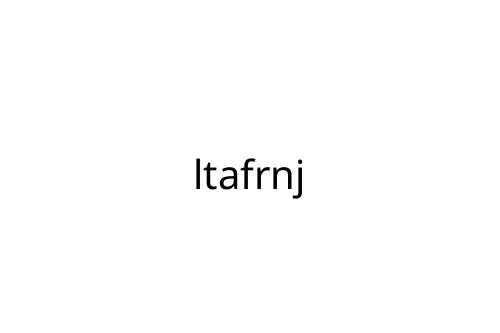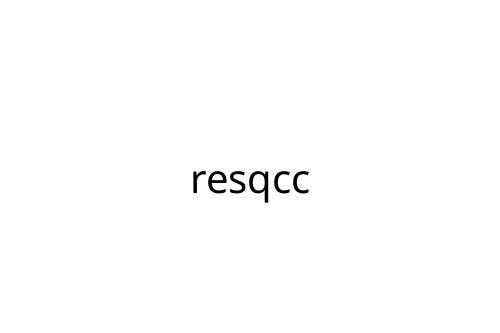Understanding The Smart Home Revolution
The smart home revolution integrates advanced technologies to create environments that streamline daily living. Devices in these homes use artificial intelligence (AI) and Internet of Things (IoT) networks to learn user behaviors and adapt accordingly. These systems transform static living spaces into dynamic ecosystems.
AI-driven devices include voice assistants like Amazon Alexa and Google Assistant. They execute commands, provide reminders, and control other devices. IoT appliances, such as connected refrigerators and washing machines, monitor usage and optimize energy efficiency.
Security innovations such as smart cameras and locks enhance safety. For example, video doorbells like Ring combine real-time monitoring with motion detection. Learning thermostats like Nest adjust temperatures based on patterns, improving comfort and reducing costs.
Interconnectivity defines these systems, ensuring seamless operation. Home hubs centralize control, allowing users to manage lights, appliances, and security from smartphones or tablets.
Key Features Of Smart Home Devices
Smart home devices offer groundbreaking features designed to:
- improve convenience
- efficiency
- security
These capabilities transform everyday living and redefine how I interact with my environment.
Automation Capabilities
Smart devices automate repetitive tasks by learning my behaviors and preferences. For example, thermostats like Nest adjust temperatures based on my routines, while smart lights dim automatically at bedtime. I use voice commands through assistants like Alexa to lock doors or control entertainment systems without lifting a finger. These features save time and enhance comfort.
Energy Efficiency
Energy-efficient smart devices reduce consumption and lower utility bills. I monitor energy usage with connected plugs or appliances and receive recommendations for savings. Products like smart thermostats and LED lighting systems automatically optimize energy output. Some systems, such as solar-powered sensors, align perfectly with sustainable living goals.
Enhanced Security
Advanced security features protect my home and give me peace of mind. Devices like Ring doorbells and Arlo cameras provide real-time surveillance and alerts. Smart locks allow me to grant temporary access to visitors remotely. I also enable motion sensors, which detect unusual activity and send notifications instantly. These tools create a highly secure living environment.
Seamless Connectivity
Smart home ecosystems integrate through centralized control hubs and IoT networks. I use apps on my smartphone or tablet to oversee connected devices from anywhere. Integration with platforms like Apple HomeKit ensures everything functions together, from appliances to entertainment. This unified connectivity makes managing my home intuitive and straightforward.
Popular Smart Home Devices

Smart home devices transform daily living by combining convenience, control, and efficiency. They’re powered by AI and IoT, making homes more responsive to users’ needs.
Smart Assistants
Smart assistants like:
- Amazon Alexa
- Google Assistant
- Apple Siri
respond to voice commands, controlling multiple devices and accessing information instantly. I use them to adjust lights, set reminders, or even order groceries. They integrate seamlessly with other smart home systems, ensuring centralized functionality.
Smart Thermostats
Devices like Nest Thermostat and Ecobee efficiently control home temperatures, learning user routines to optimize energy consumption. They connect to apps for remote adjustments, helping me lower utility costs. With data-driven insights, they create both comfort and savings automatically.
Smart Security Systems
Smart security systems, such as Ring and Arlo, offer real-time monitoring through mobile apps. Video doorbells provide live feeds and two-way audio, while smart locks like August offer secure, remote access. These systems enhance home safety and integrate with ecosystems, ensuring peace of mind.
Smart Lighting Options
I use smart lighting like Philips Hue and LIFX to customize brightness and colors for different moods. These systems use automation, dimming lights or adjusting tones based on time. They save energy while creating a comfortable ambiance, further controlled via smartphone apps or voice commands.
Benefits Of Embracing Smart Home Technologies
Adopting smart home technologies transforms everyday life by enhancing convenience, reducing costs, and seamlessly integrating with personal routines. These innovations provide practical advantages that extend beyond basic automation.
Convenience And Comfort
Smart home devices prioritize user convenience by automating repetitive tasks and adapting to preferences. Automated thermostats maintain ideal temperatures based on daily routines, while voice assistants, like Alexa and Google Assistant, manage schedules, control devices, and provide information hands-free. Smart lighting, such as Philips Hue, adjusts brightness and color to match moods or activities, creating a customized living experience.
Cost Savings Over Time
Energy-efficient smart devices lower utility bills and promote sustainability. Smart thermostats, such as Nest and Ecobee, optimize heating and cooling to reduce energy waste, while LED-integrated lighting systems consume less electricity. Connected appliances, like smart washers and refrigerators, calculate the optimal energy outputs for improved efficiency, significantly reducing long-term operational costs.
Integration With Daily Life
Seamless integration ensures these technologies blend with daily routines. AI-enabled devices learn habits over time, such as smart locks auto-securing doors when users leave home. IoT-fueled hubs centralize command of systems, allowing users to schedule appliances or monitor security from smartphones. This interconnected ecosystem makes managing household tasks effortless and intuitive.
Future Of Smart Home Technology
Smart home technology is evolving toward greater intelligence, interconnectivity, and personalization. Predictions indicate advancements in AI, IoT, and 5G will drive innovation, making devices more intuitive and responsive to user needs.
- AI-Powered Personalization: Enhanced AI will allow devices to learn behaviors and preferences more accurately. For example, AI-driven systems could suggest energy-saving options or deliver customized lighting based on time of day and user activities.
- Greater Interoperability: Industry collaboration is expected to improve compatibility between devices from different brands. Unified standards, like Matter, aim to simplify integration, creating cohesive ecosystems for seamless control across platforms.
- Predictive Automation: With advanced machine learning, smart systems will anticipate needs before they’re explicitly expressed. For instance, homes could prepare for weather changes by adjusting blinds and HVAC systems.
- Sustainability Initiatives: Devices will increasingly focus on energy efficiency and environmental impact. Smart meters and AI-driven appliances will optimize energy usage, reducing carbon footprints while lowering costs.
- Enhanced Security: Biometric authentication and advanced encryption technologies are on the rise. Features such as facial recognition-enabled locks and AI-powered threat detection will elevate home safety.
- Integration with Wearables: Smart homes could synchronize with wearable technology for improved health monitoring and automation. For example, a wearable device detecting sleep patterns might signal smart lights to dim or bright lights to activate for wake-up routines.
- Voice and Gesture Control: Next-generation interfaces will rely on natural communication methods. Gesture recognition and natural language processing advancements could enable users to control their homes effortlessly.
This trajectory of innovation highlights how smart homes are becoming more proactive, energy-efficient, and user-focused, transforming living spaces into intelligent environments.





















































































































































































































































































































































































































































































































































































